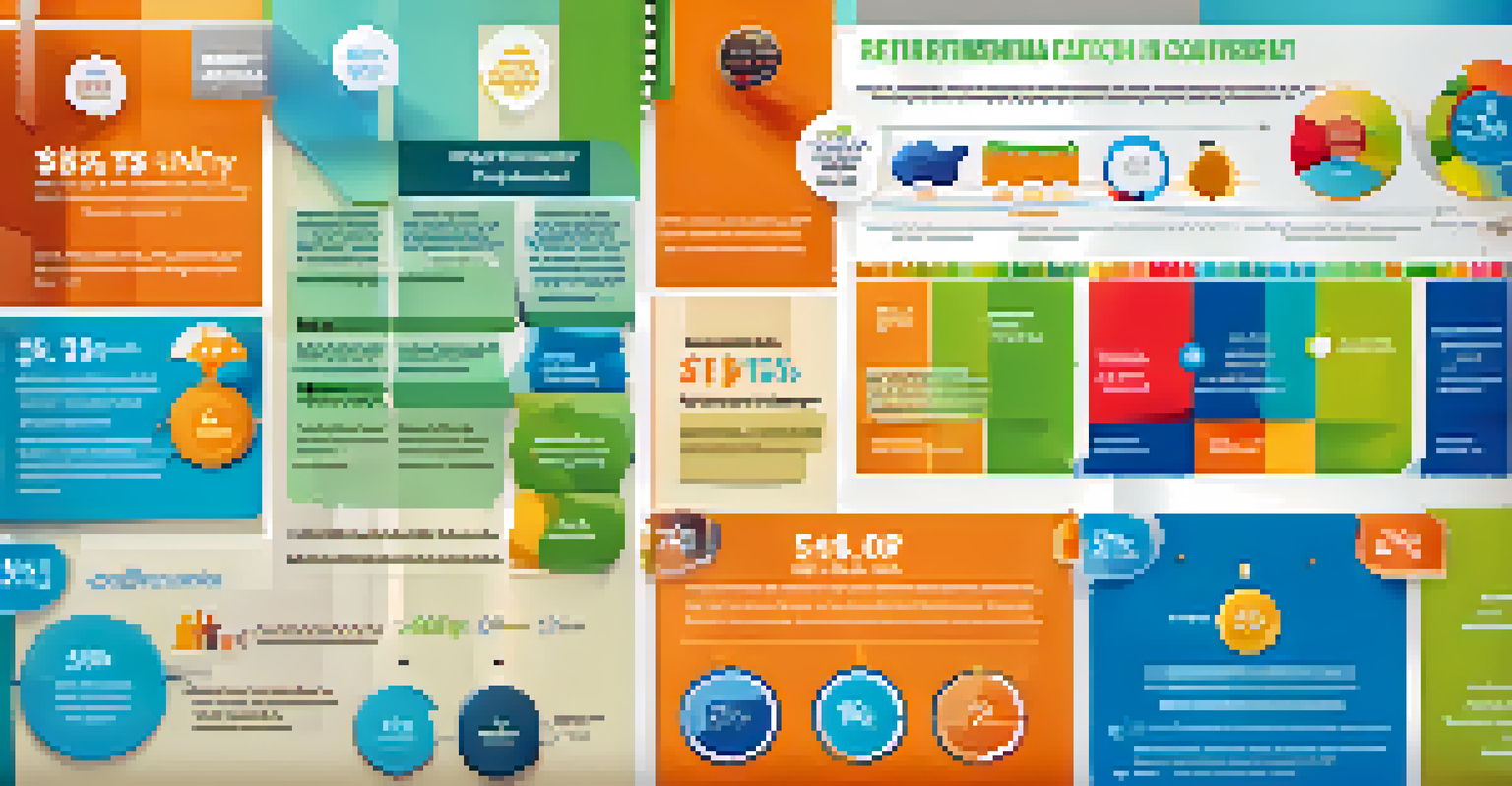How to Make the Most of Catch-Up Contributions for Retirement

Understanding Catch-Up Contributions for Retirement Plans
Catch-up contributions are an excellent option for individuals aged 50 and older, allowing them to save more for retirement. These contributions can be made to various retirement accounts, including 401(k)s and IRAs. If you’ve been behind in your savings, catch-up contributions provide a way to boost your nest egg as you approach retirement.
The best time to plant a tree was twenty years ago. The second best time is now.
For 401(k) plans, the IRS allows an additional contribution on top of the standard limit, which can significantly increase your annual savings. Similarly, IRAs also offer catch-up contributions, enabling you to save extra funds specifically designated for retirement. Understanding the rules governing these contributions can help you maximize your savings potential.
In essence, catch-up contributions act as a safety net for those who may not have started saving early enough. By taking advantage of these provisions, you can enhance your financial security and work towards a more comfortable retirement.
Why You Should Consider Catch-Up Contributions
As retirement looms closer, many individuals find themselves anxious about their financial preparedness. Catch-up contributions can alleviate some of that anxiety by allowing you to increase your savings more aggressively. If you’ve faced financial hardships in your earlier years, this option can help you recover lost savings opportunities.

Moreover, the ability to contribute more can also provide tax benefits, as these contributions are typically made pre-tax. This means you can lower your taxable income while simultaneously boosting your retirement fund. It’s a win-win situation that can ease your financial burden in the long run.
Boost Retirement Savings Over 50
Catch-up contributions allow individuals aged 50 and older to significantly increase their retirement savings.
Consider this: if you’re 50 and have not saved as much as you’d like, making catch-up contributions can significantly impact your retirement savings. It can mean the difference between a modest retirement and one where you can enjoy your golden years without financial stress.
How Much Can You Contribute as a Catch-Up Contribution?
The IRS sets specific limits on how much you can contribute as a catch-up contribution, which can change annually. For instance, in 2023, individuals can contribute an additional $7,500 to their 401(k) plans and $1,000 to their IRAs. Staying informed of these limits is crucial for maximizing your contributions each year.
It's not about how much money you make, but how much money you keep, and how hard it works for you.
These limits may seem daunting, but even small increases can add up over time. For example, if you’re able to contribute the full catch-up amount for several years, you could potentially add tens of thousands of dollars to your retirement savings. This reinforces the importance of committing to these contributions as soon as you’re eligible.
In summary, knowing the contribution limits empowers you to plan your retirement savings more effectively. By setting clear goals and understanding how much you can save, you can take proactive steps toward a financially secure future.
Assessing Your Financial Situation Before Contributing
Before diving into catch-up contributions, it's essential to assess your current financial situation. Take a close look at your existing savings, expenses, and any outstanding debts. This evaluation will help you determine how much you can realistically contribute without straining your budget.
It’s also helpful to prioritize your contributions based on your overall financial goals. For example, if you have high-interest debt, it may be wise to address that first before maximizing your retirement contributions. Alternatively, if your employer offers a matching contribution, you might want to ensure you’re contributing enough to take full advantage of that benefit.
Understand Contribution Limits
The IRS sets specific annual limits for catch-up contributions, which are crucial for maximizing retirement savings.
Ultimately, understanding where you stand financially will guide your decisions regarding catch-up contributions. A well-thought-out plan can turn your retirement savings into a robust financial foundation for the future.
Choosing the Right Retirement Account for Contributions
Selecting the appropriate retirement account for your catch-up contributions is crucial to maximizing your savings. Consider whether a 401(k), traditional IRA, or Roth IRA suits your financial situation best. Each account has unique features that can benefit you differently, especially regarding tax implications.
For instance, if you expect to be in a higher tax bracket during retirement, a Roth IRA, which allows for tax-free withdrawals, may be advantageous. Alternatively, if you want to lower your taxable income now, contributing to a traditional IRA or 401(k) could be the better choice. Understanding these options can lead to smarter saving strategies.
Ultimately, the right choice depends on your individual financial goals and circumstances. Consulting with a financial advisor can provide valuable insights into which retirement account aligns best with your catch-up contributions.
Strategies for Implementing Catch-Up Contributions
Implementing catch-up contributions requires a proactive approach to your financial planning. Start by establishing a budget that includes these additional savings, ensuring you allocate funds specifically for retirement. Automating your contributions can also simplify the process, making it easier to stay on track.
Another effective strategy is to review your investment allocations periodically. As you increase your contributions, ensuring that your investments align with your risk tolerance and retirement timeline is essential. This will help you make the most of your additional contributions and potentially grow your savings more effectively.
Debunking Catch-Up Myths
Many believe catch-up contributions are only for those behind on savings, but they are available to anyone age 50 or older.
Lastly, remember to regularly revisit and adjust your contributions as your financial situation changes. Life events like a salary increase or a change in expenses can present new opportunities to save more, so stay flexible and responsive in your financial strategy.
Common Misconceptions About Catch-Up Contributions
There are several misconceptions surrounding catch-up contributions that can hinder individuals from taking advantage of them. One common myth is that only those who are behind on their savings can make these contributions. In reality, anyone age 50 or older can benefit from catch-up contributions, regardless of their current savings status.
Another misconception is that catch-up contributions are only for people in high-income brackets. While those individuals may benefit significantly, catch-up contributions are designed to assist anyone looking to bolster their retirement savings. This means that even if you’re on a modest income and nearing retirement, you can still make these valuable contributions.

By debunking these myths, individuals can feel more empowered to leverage catch-up contributions as a vital part of their retirement planning. Understanding the true nature of these contributions can inspire more people to take control of their financial future.